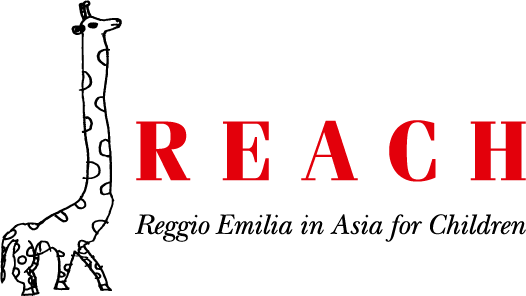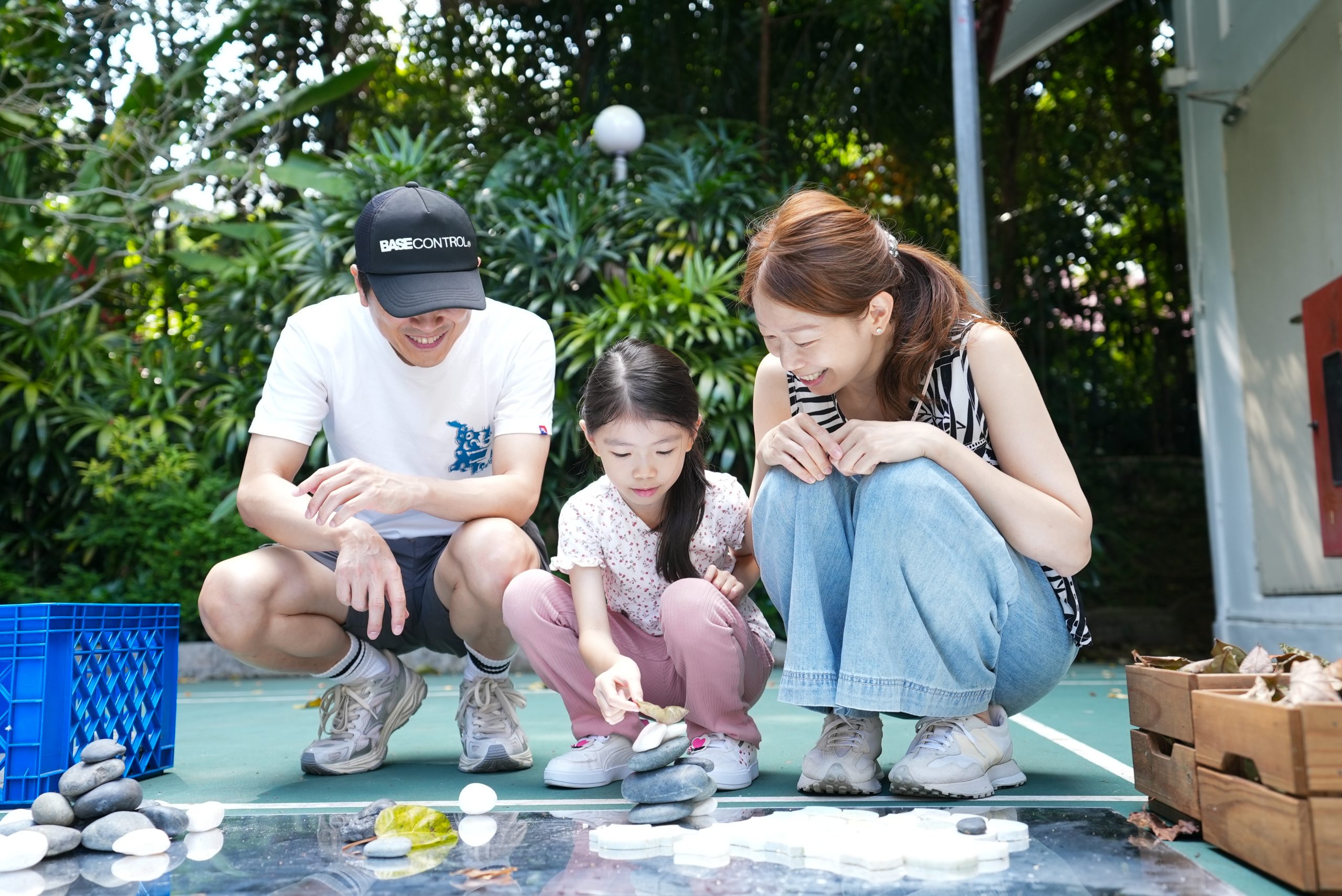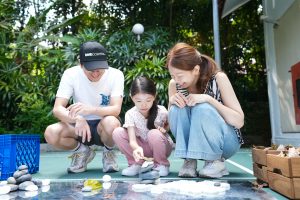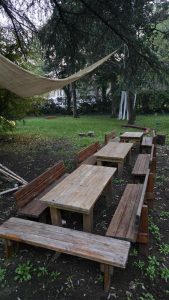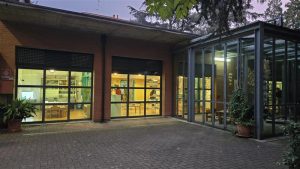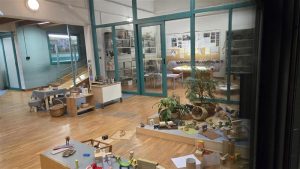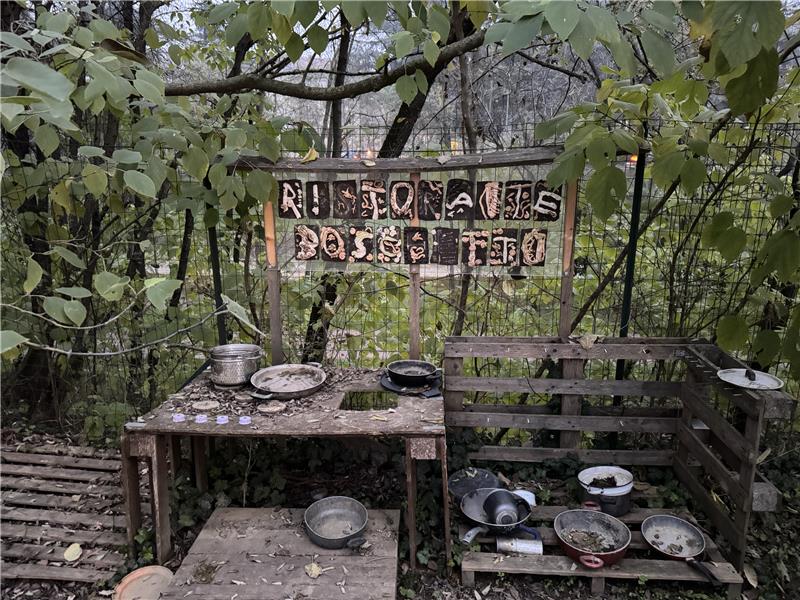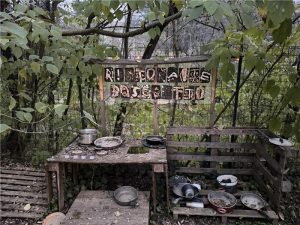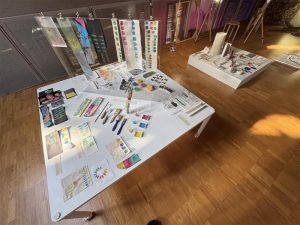The ink exhibition celebrates the creativity of our children, where they engage deeply with the essence of ink, exploring its diverse languages and dynamic interactions with various canvases. Guided by their curiosity, children immersed themselves in the rich cultural traditions of ink, from Japanese Suminagashi ink to Chinese Calligraphy ink, using an array of tools to express their unique perspectives. Through this journey of exploration, children weave together narratives, animations and art pieces. As their creations grace our exhibition, they not only shared their stories but also contributed to the funds raised to the EtonHouse Community Fund, embodying the spirit of collaboration and community engagement.
– EtonHouse Pre-School Upper Bukit Timah
